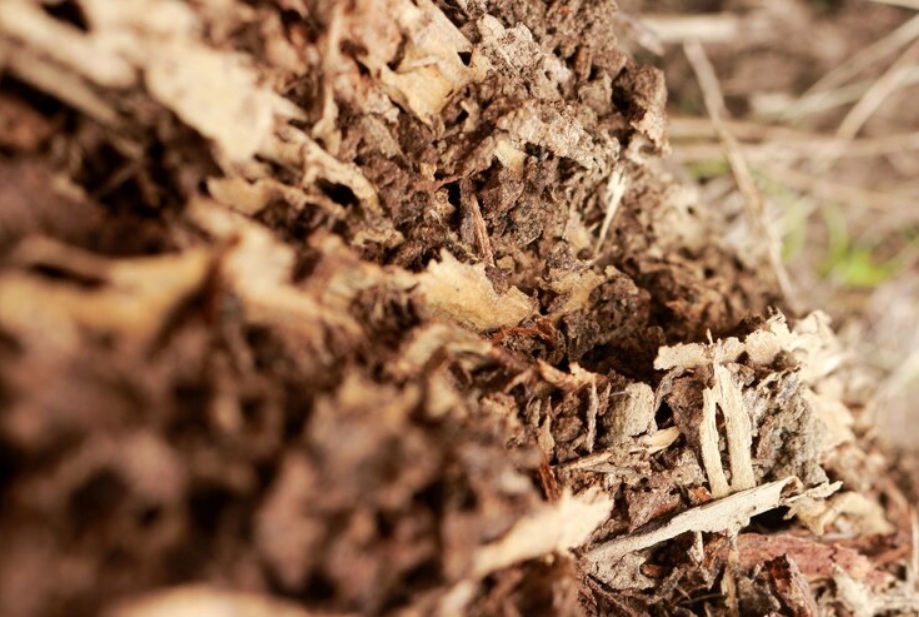If you’ve spent any time caring for a garden in Shoreline, you’ve probably run into water drainage problems. Whether it’s patches of soggy soil, discolored plants, or mulch that just won’t stay in place, poor drainage can take a toll on the health of your yard. Excess water doesn’t just drown your plants — it also creates the perfect breeding ground for mold, pests, and other frustrating issues that spread quickly if they’re not addressed.
That’s where careful mulching comes in. Using the right type of bark mulch in the right way can make a noticeable difference in how well your garden handles water. Bark mulch isn’t just a cosmetic touch — it can play a functional role in solving soil drainage issues. If your soil gets too packed or is staying wet long after it rains, making changes to your mulch routine could ease those problems more than you might expect.
Understanding Drainage Problems In Shoreline Gardens
Drainage issues aren’t always caused by big mistakes. In fact, many Shoreline homeowners deal with them simply because of natural soil composition and heavy seasonal rainfall. Soil in this area tends to have heavier clay content, meaning it holds water longer and drains slower. That’s fine for some plants, but it leads to problems when the garden is too saturated too often.
Some of the most common signs your garden has poor drainage include:
– Pools of standing water that remain more than a day after rain
– Mushy or soft footpaths throughout the yard
– Visible root rot or yellowing leaves on shrubs and plants
– Mulch that shifts easily and doesn’t stay in place
– Soil surface covered in green slime or a sour smell after rainfall
It doesn’t take much for these symptoms to start appearing. For example, a homeowner might notice after just one wet season that their once-healthy plants seem to slump over or start rotting at the base. If the soil underneath always feels cold and damp, the cause could be slow drainage rather than overwatering. Left unchecked, these conditions worsen and affect more sections of the landscape.
Whether your garden is raised or flat, it needs a way to move extra water away from the root zone. That’s where bark mulch can help, if it’s chosen and applied with drainage in mind. Not all mulch behaves the same under wet conditions, and the wrong choice might actually make things worse.
Benefits Of Using Bark Mulch For Drainage
Bark mulch can serve as a front-line defense for soil that struggles to drain. It does this by improving surface water flow and slowing down evaporation just enough to promote healthy balance. It also breaks down over time to contribute organic matter, which helps prevent soil compaction – a key reason water starts to pool in the first place.
Here’s how bark mulch supports better drainage in Shoreline gardens:
1. Promotes better water distribution – Rather than allowing direct rain to pound the soil and create puddles, mulch disperses the water evenly.
2. Adds breathable surface coverage – Bark allows air to pass through between the chips, helping surface moisture dry out faster.
3. Reduces soil compaction – As it breaks down slowly, bark mulch adds organic material to the top layers of the soil, making it looser and better equipped to absorb rain.
4. Limits erosion – Areas that stay soggy for too long often lose topsoil to surface water runoff. A good layer of bark helps anchor the soil and limits how much is washed away.
Not all bark mulch is the same, so it’s important to choose an option that is coarse rather than too fine or shredded. Larger pieces allow better airflow and resist clumping together when wet. Also, untreated mulch free of dyes and chemical additives is less likely to create water barriers on the soil surface.
Using bark mulch effectively isn’t about piling it on and forgetting it. It’s about matching the mulch qualities to the specific drainage problems you’re facing and making sure it’s laid correctly to support long-term maintenance.
Steps to Apply Bark Mulch for Effective Drainage
Using bark mulch the right way makes a noticeable difference when you’re dealing with persistent drainage problems in your Shoreline garden. But it’s not just about tossing it on and hoping for the best. Preparing the space, picking the right mulch, and applying it properly are what make it work.
Start with proper garden prep:
1. Clear out old mulch, weeds, and debris from the area. This ensures water doesn’t get trapped underneath.
2. Use a rake to loosen the top few inches of soil where compaction exists. Loosening the soil helps water move down instead of sitting on the surface.
3. If needed, mix in soil amendments like compost or sand to improve absorption, especially if your garden has thick clay.
Next, choose the right type of bark mulch. For drainage, look for medium to large bark nuggets or coarse bark chips. These allow better water movement and resist matting over time. Finely shredded mulch can block airflow and trap too much moisture, which is the opposite of what you want here.
Once you’ve got the material, here’s how to apply it:
– Apply mulch in a layer that’s 2 to 3 inches thick. Anything more than 4 inches can actually slow drainage too much.
– Leave a few inches of space between the mulch and the base of your plants or shrubs. Piling mulch right up to stems can promote rot.
– Use a rake to spread the mulch evenly across beds and around trees.
– If your garden isn’t level, consider shaping the mulch to act as a slight slope, guiding water away from specific areas.
Avoid compacting the mulch or pressing it down too tightly during installation. The more air space between pieces, the more it helps with drainage. Over time, the mulch will start to settle naturally and help build up better structure in the top layer of your garden soil.
Maintenance Tips That Keep Your Mulch Working
Once you’ve laid mulch properly, it needs some upkeep to stay effective, especially in a wet climate like Shoreline’s. Ignoring mulch after the first install is one of the biggest reasons drainage problems come back. Luckily, maintaining bark mulch doesn’t demand a lot of time if you stay ahead of it seasonally.
Here’s what to watch for:
– Refresh your mulch every year to maintain the right depth and structure. New mulch will replace the decomposed section and keep the layer breathable.
– After long periods of rain, check for areas where the mulch has compacted or shifted. These spots should be loosened or topped up.
– During fall, remove excess leaves from the surface of the mulch so they don’t hold extra moisture and block airflow.
– Inspect for fungal growth or mold. While some natural breakdown is expected, too much mushroom or mildew growth means the mulch layer might be holding too much water.
– Rake the mulch gently in early spring and fall to keep it from becoming matted.
Basic seasonal maintenance goes a long way. By treating bark mulch as part of your drainage system, instead of just a decorative layer, you extend its life and continue helping your soil stay balanced.
Long-Term Gains for a Healthier Shoreline Garden
When correctly applied and maintained, bark mulch solves more than just surface-level drainage issues in Shoreline gardens. It changes how your soil behaves over time. What starts as a solution for excess moisture often turns into better root health, more vibrant plants, and fewer issues with erosion.
Consider the difference between a homeowner who applies fresh mulch every fall and one who treats mulch as a one-time add-on. Over a few seasons, their gardens will look very different. The properly mulched garden will deal with less standing water, hold its shape longer, and require fewer interventions after big storms.
If you’ve been fighting soggy spots or notice your garden always looks stressed after heavy rain, targeted use of bark mulch can reshape those problem areas. Over time, the soil starts to retain nutrients better, plants grow more consistently, and water drains out rather than collecting where it shouldn’t. Solving drainage issues doesn’t always mean digging costly trenches or overhauling the whole yard. In many Shoreline gardens, the solution starts simply with the right mulch and a little patience.
Enhance your garden’s ability to manage moisture by using bark mulch in Shoreline WA to support healthy soil and thriving plants. Northwest Landscape Supply provides trusted solutions designed to improve drainage and promote long-term garden resilience. For a quick estimate or to book a service visit, please contact us today.

